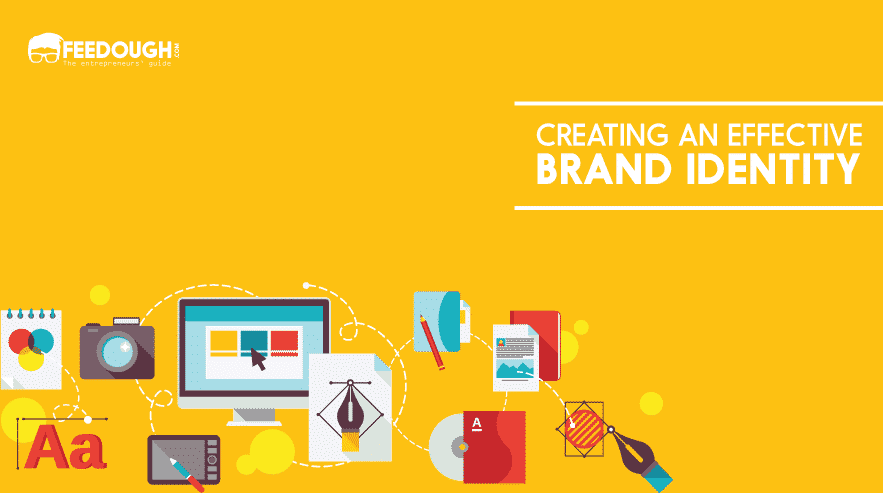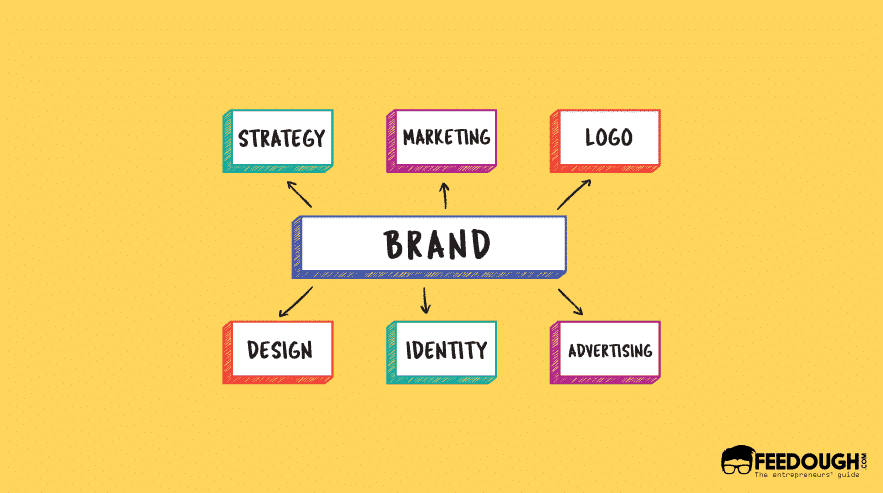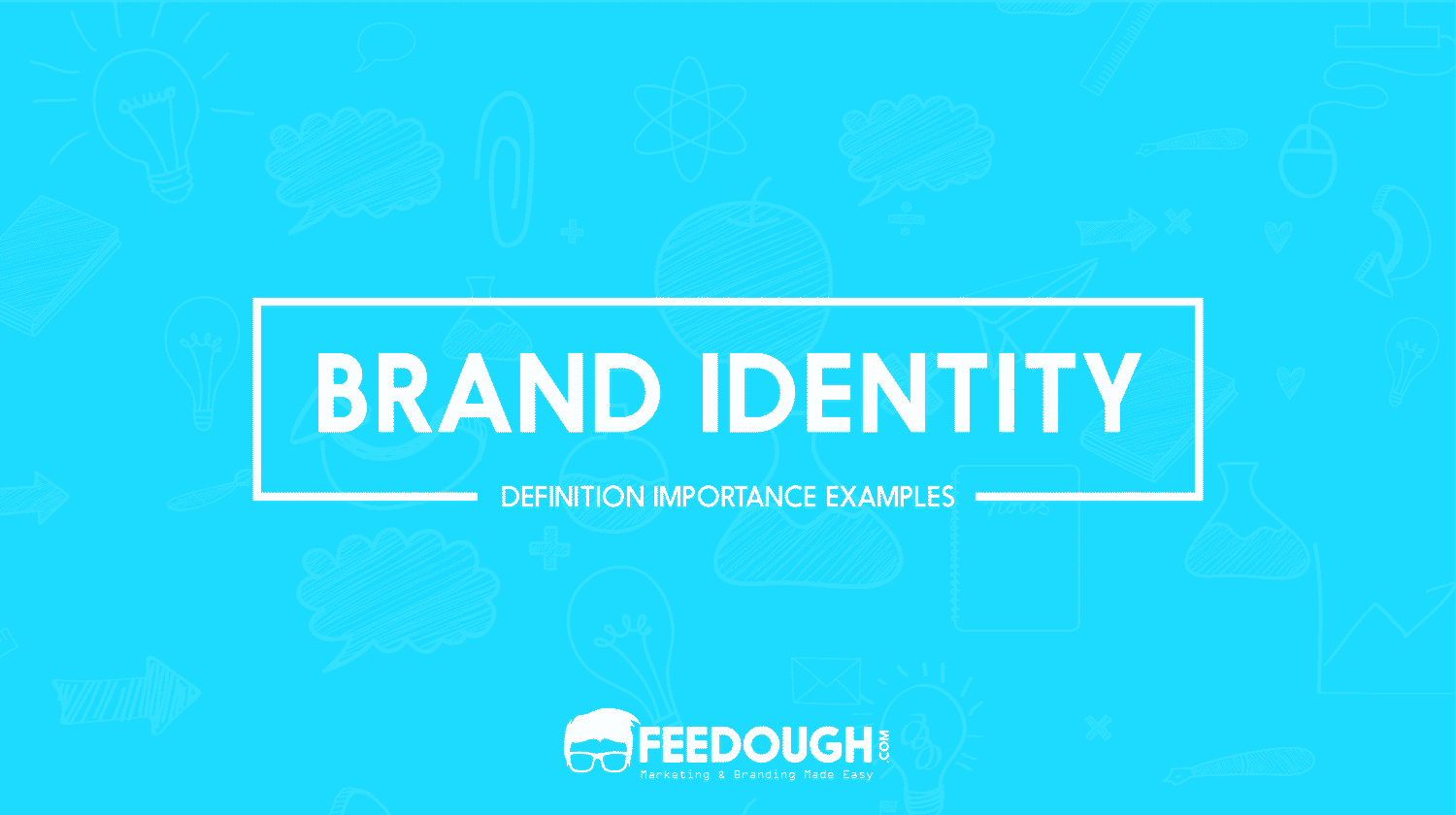So, you’ve started a business or brand and need to create an unforgettable logo that expresses who you are. That’s great because making a logo is definitely your first step in building your unique brand identity.
But how do you make a logo online? It’s easier than it seems, and there are even tools that can even convert your text into a logo. But no matter how simple it seems, you need to know some basics before you get started.
Here is a step-by-step guide on how to make a logo online.
Discover And Strategise
Your logo is more of strategising than actual designing. Do your research and get to know who you are as a brand, what message you want to convey and what sets your brand apart from the rest.
You need to personify your brand and determine its personality to do that.
In complex terms, you create your brand identity and brand personality.
And in simple terms, you answer these four questions –
- Who is the target audience?
- How do I want them to perceive my brand?
- What human traits do I want to associate with my brand?
- What is the message I want to convey?
Answering these will help you zero in on some important visual identity elements of your brand, helping you determine the look and feel of your logo.
Here’s an example –

Woodland’s target audience is young people aged 16-30. It wants them to perceive it as an adventurous and outdoorsy brand that encourages exploration (Hence the colour green). Woodland also wants to convey that it encourages exploration and being outdoorsy while also taking care of nature (Hence the tree in its logo).
It’s that simple.
Do A Competitor Analysis
Just developing your own brand identity isn’t enough. You also need to know what your competition is doing and ensure you don’t clash with them. The competitive analysis gives you insight into what kind of logos your competitors have and their designs. It helps you create something that is unique while still being on the same playing field as them.
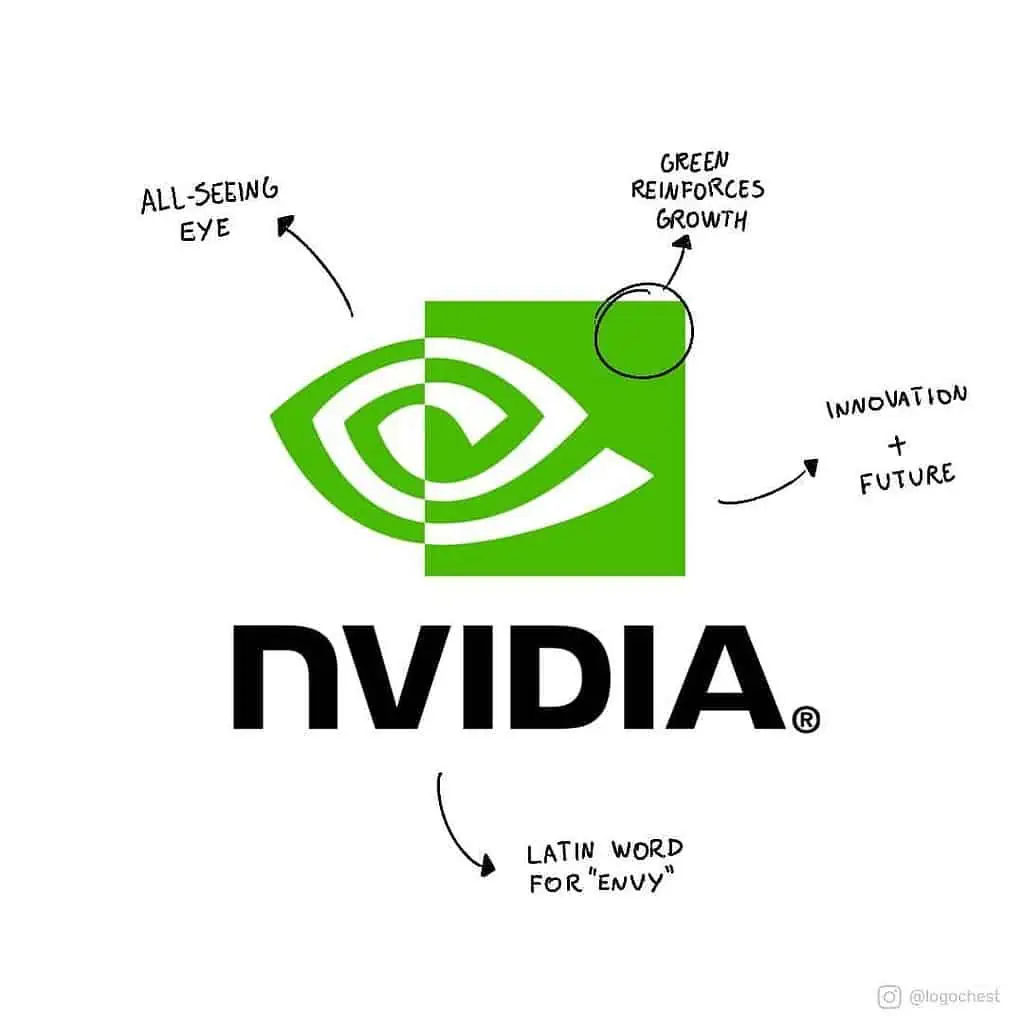
During this step, find out –
- What type of logo does your competition use?
- What colours do they use?
- What fonts do they use?
- What makes them stand out?
- What designs do they use the most?
By comparing your logo with theirs, you can ensure that it is still unique and memorable.
Learn About The Different Types Of Logos
There isn’t one type of logo that dominates the landscape. Some companies use only text, some use only graphics, and some use a combination of both. Every such logo type has its own name and use case. Here are the most popular logo types:
Wordmark: A simple font-oriented logo with only text. For example, Google.
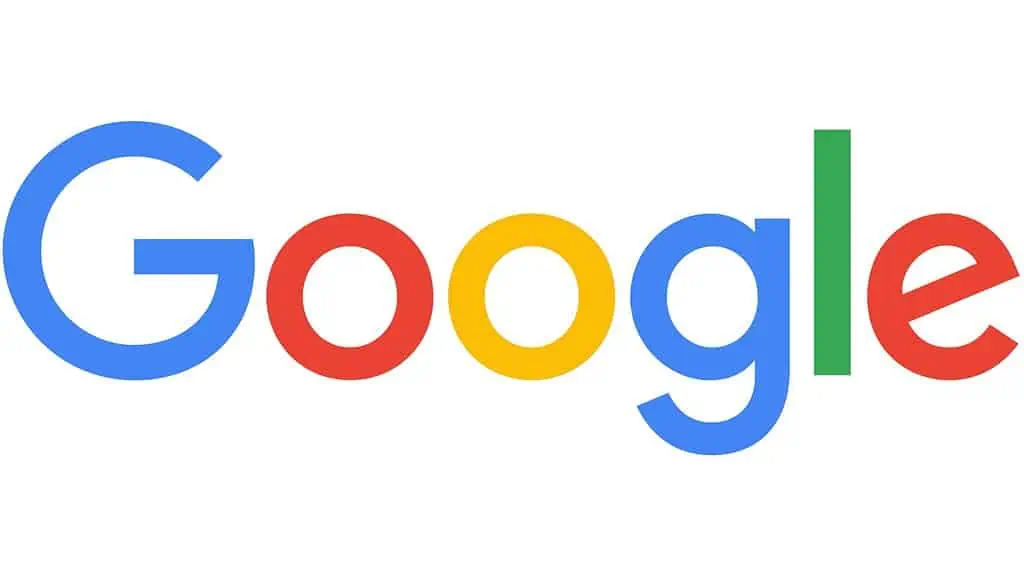
Logotype: A font-based logo with symbolism built into it. For example, FedEx with its hidden arrow.
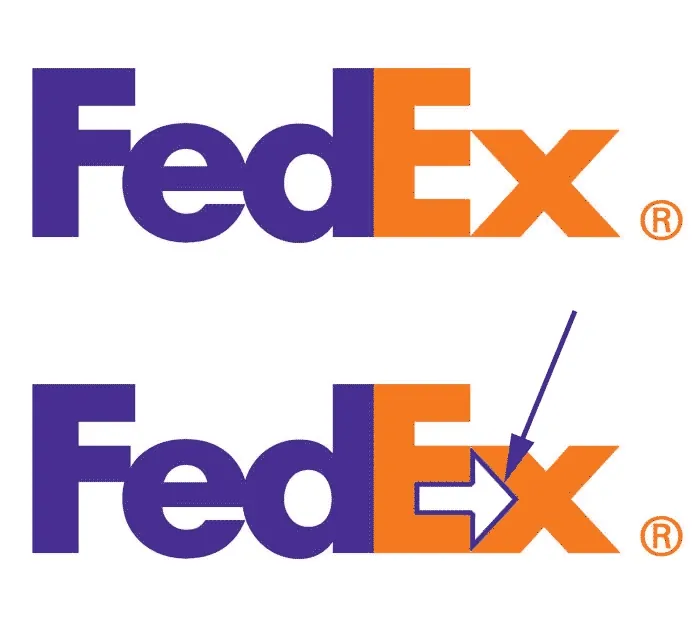
Lettermark: A logo type that uses only the initials of your brand name or company name. For example, NASA.

Pictorial Mark: A logo that is based on a simple graphic. For example, the Apple logo.
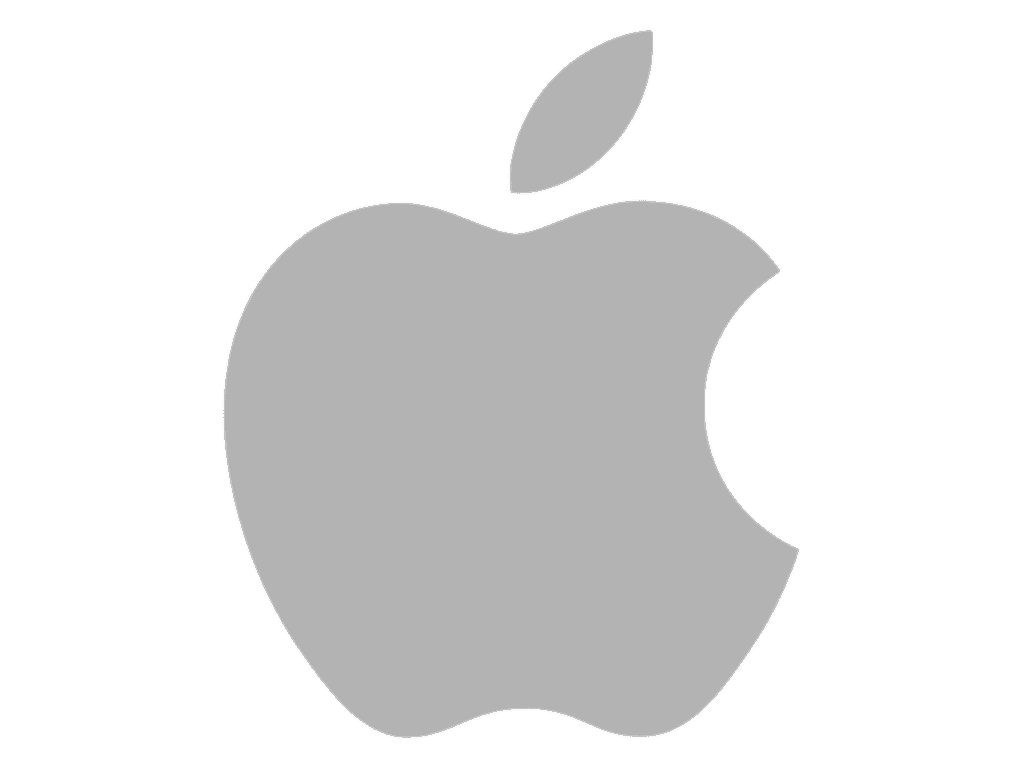
Abstract Mark: An icon made up of abstract or unrecognisable shapes. For example, the Pepsi logo.
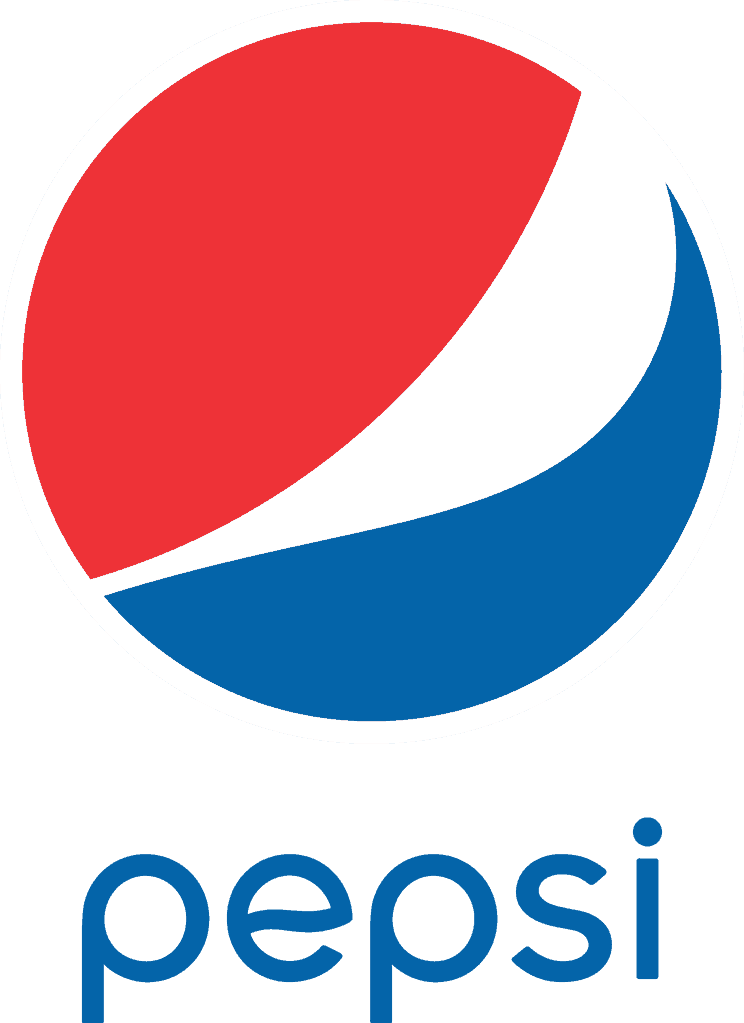
Combination Mark: A symbol or icon that is paired with text to make a logo. For example, the Starbucks logo.

Emblem: A logo type in which a symbol or icon is enclosed inside a shape. For example, the Harvard logo.

Contoured words: A logo type in which the text is enclosed in a shape. For example, the Samsung logo.

There are several more logo types, but the above are the most popular ones. So, before you even start designing your logo, you need to decide what type of logo suits your brand best.
Your previous research should help you do that.
Once you know what type of logo you want, it’s time to start designing!
Choose A Logo Maker Tool
Now comes the designing part. You can make your logo online with a variety of DIY and automation tools available on the internet.
Here are some I personally use –
Tool | Description | Best for | Pricing | |
|---|---|---|---|---|
Canva | An online design tool that includes a logo maker. It’s easy to use and comes with a wide range of templates. | Beginners and non-designers who want a simple logo in a short time. | Free version available. Pro version starts at $12.99 per month. | |
Placeit | A logo maker that provides professionally designed logo templates which you can customise. | Businesses that want a professional-looking logo without hiring a designer. | Unlimited access for $1.97 a month. | |
Looka | An AI-powered logo maker that creates custom logos based on your preferences. | Startups and small businesses who want a unique and custom logo. | $96 per year for unlimited changes to the logo. | |
Adobe Illustrator | A professional vector graphics editor widely used for logo design. | Professional designers and businesses that need high-end, complex logos. | Part of Adobe Creative Cloud. | |
Logo.com | An AI-driven logo maker that offers customisable templates. | Quick logo design for startups, small businesses, or personal projects. | Free | |
Midjourney | AI enthusiasts who know how to edit AI-generated images. | AI enthusiasts who know how to edit AI generated images. | Starting at $10 per month | |
Freepik | A platform that offers millions of graphic resources, including logo templates. | Designers who want to start with a template and customise. | Free version available. Premium plans start at €15 per month. |
Some of them are free, and some require payment, but they usually have hundreds of templates and design elements that you can customise to create something unique for your brand. For example, Looka’s logo maker uses AI and puts together logo ideas for you to choose from. Adobe Illustrator is great for creating detailed logos with its vector-based graphics and design tools.
Once you have chosen your tool, it’s time to get down to designing.
Start Designing Your Logo
This part is all up to you – the designer’s creativity can significantly influence the final design. When designing your logo, follow these basic principles:
- Keep it simple: Too many elements can make your logo look cluttered and confusing. Keep it simple with only a few elements that are related to your brand’s message.
- Keep it balanced: Make sure the different design elements of your logo have a good balance to create an aesthetically pleasing image.
- Choose appropriate colours: Know that your logo shall be viewed in a variety of mediums – both digital and offline. It may even be printed as a business card or used as a billboard. So, choose colours which will look good on all platforms. Moreover, every colour has its own psychological effect, and you should choose the colours that reflect your brand’s personality.
- Make it timeless: While following a trend is good, try to make your design as timeless as possible. That way, you won’t have to change it again soon.
- Size shouldn’t matter: If your logo’s aesthetics depend on the size, it probably isn’t the best design. Make sure your logo looks good regardless of its size.
Moreover, don’t hesitate to take inspiration from other logos. Every creative person does it, and you should too! Fun fact, Airbnb’s iconic logo was inspired by the design in the book Logo Modernism.
Here are a few websites and platforms to look for inspiration –
- Logopond
- Dribbble
- Behance
- Logo Design Love
Once you have your design, take a few days off and come back to review it. You may end up seeing something different in it or get some great ideas that can update your logo’s design.
Once done, you can save and use your design for all your branding needs!
A startup consultant, digital marketer, traveller, and philomath. Aashish has worked with over 20 startups and successfully helped them ideate, raise money, and succeed. When not working, he can be found hiking, camping, and stargazing.
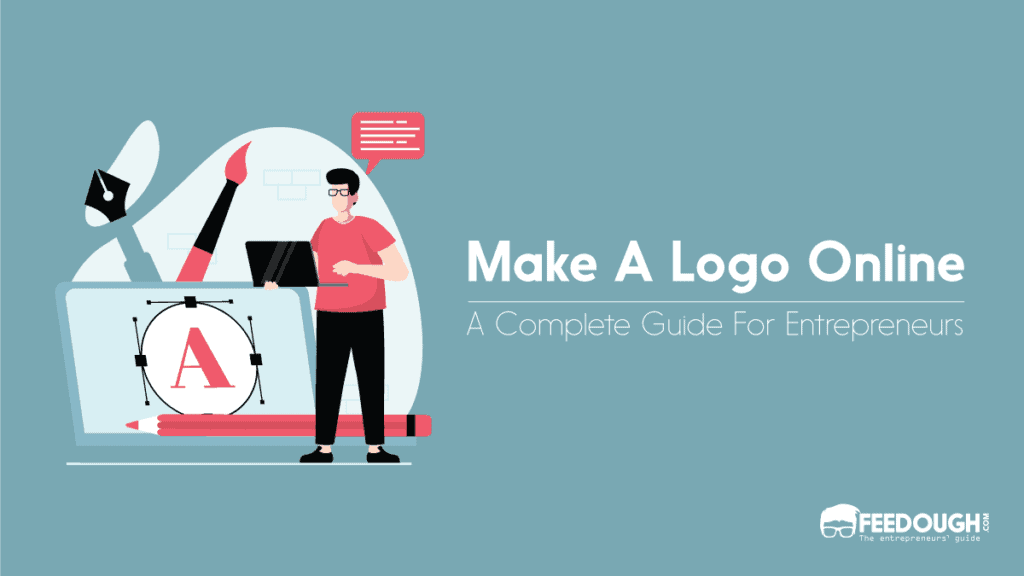
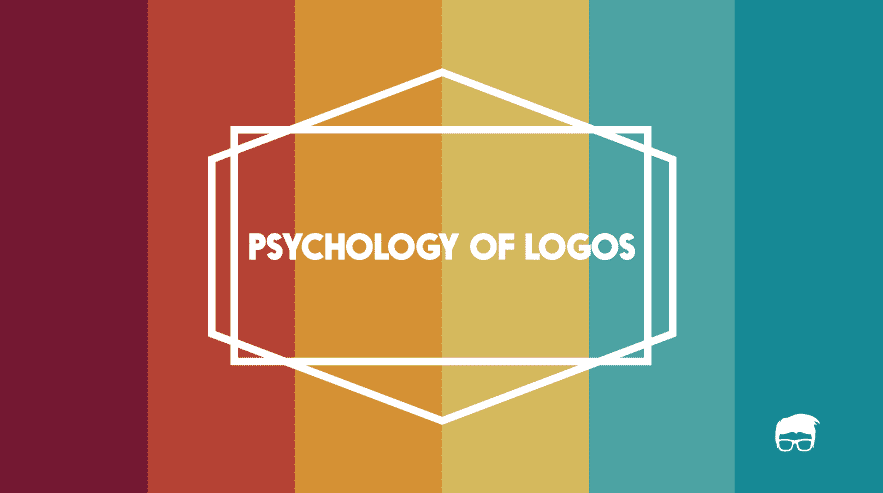

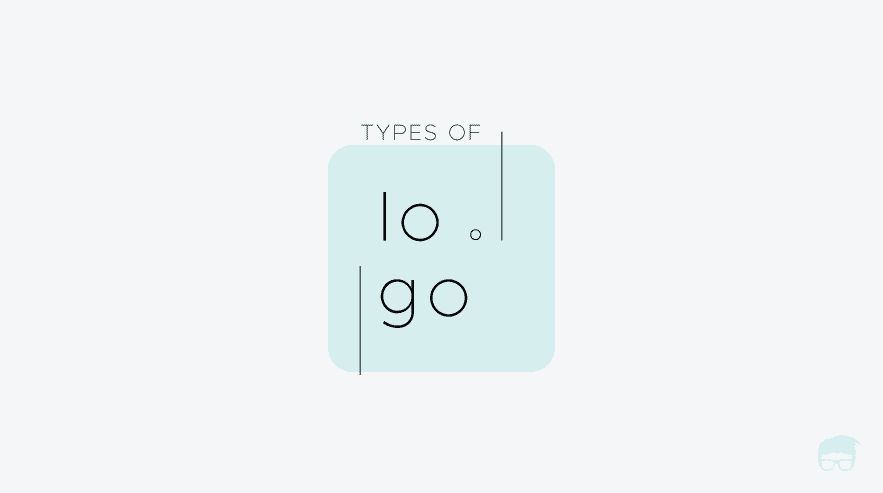
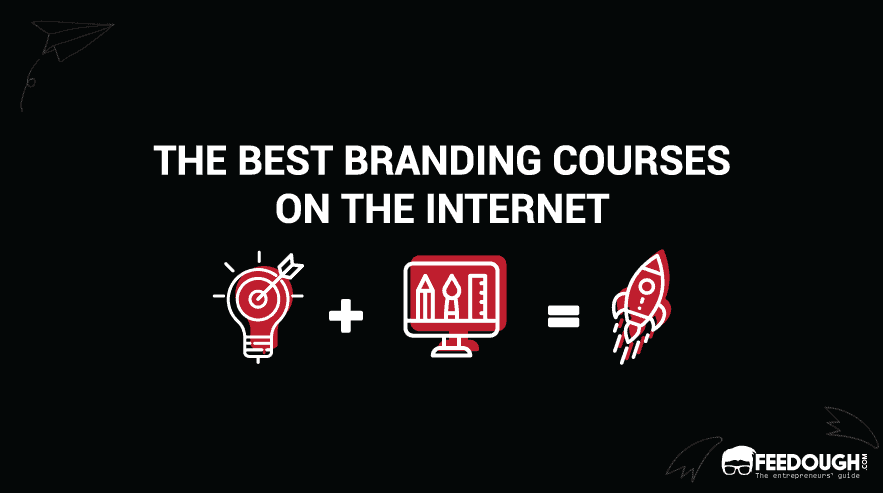
![How To Design A Logo Yourself [Detailed Guide] How To Design A Logo Yourself [Detailed Guide]](https://www.feedough.com/wp-content/uploads/2020/03/design-your-business-logo.webp)
